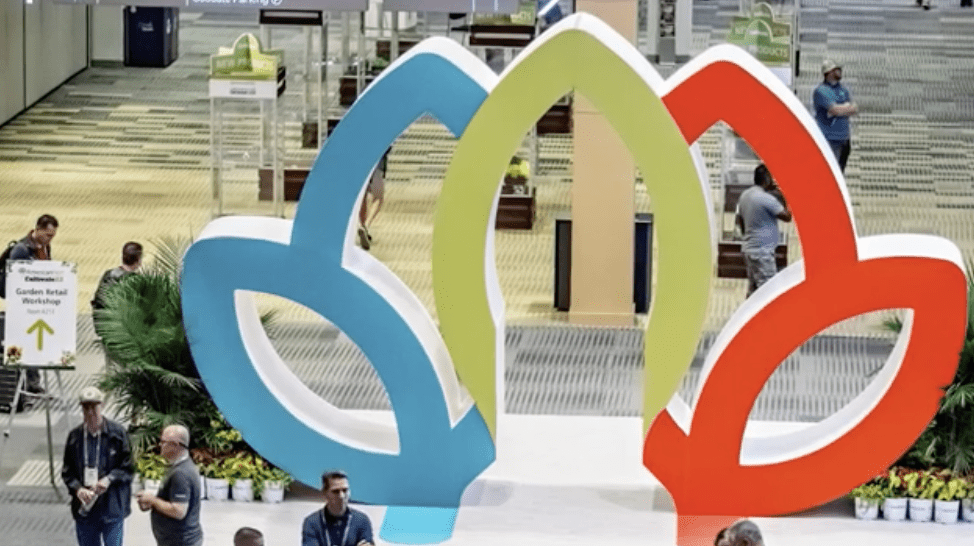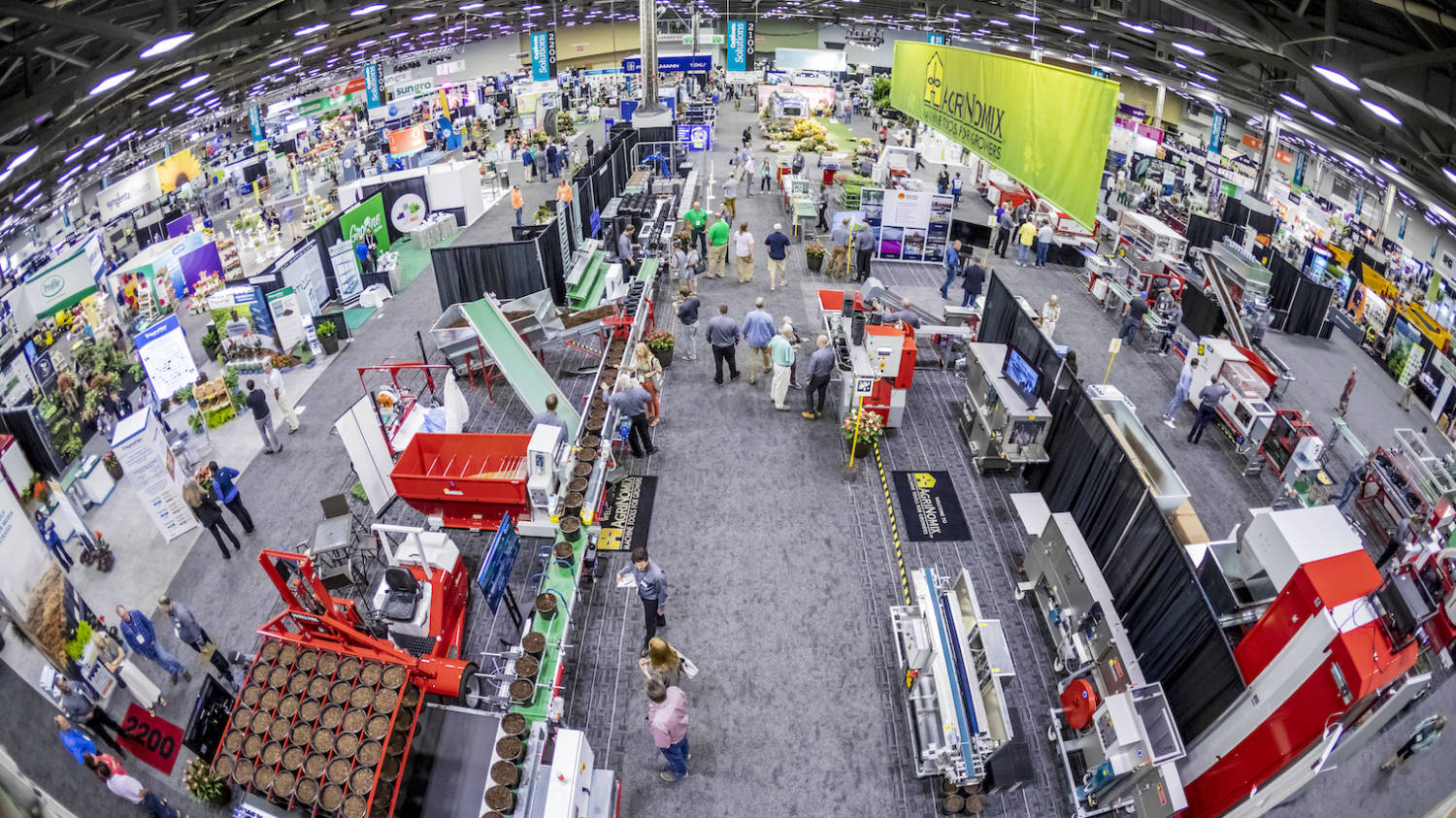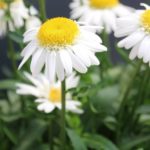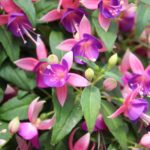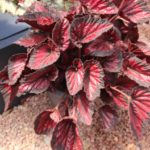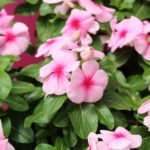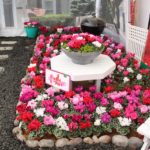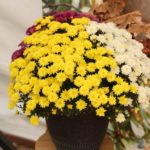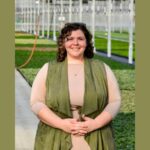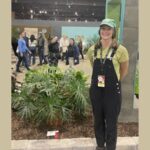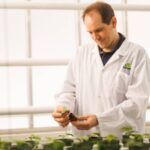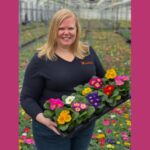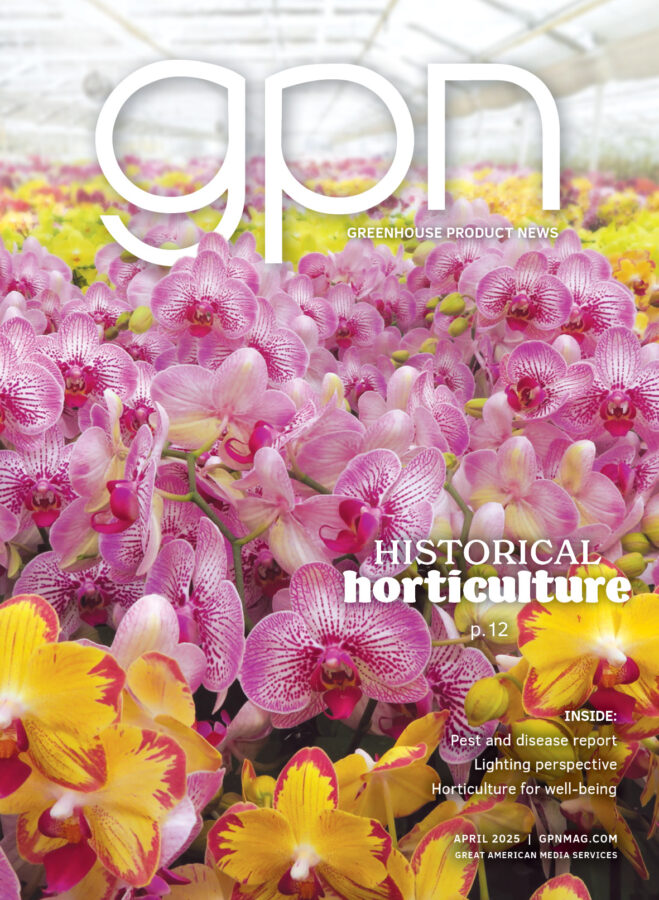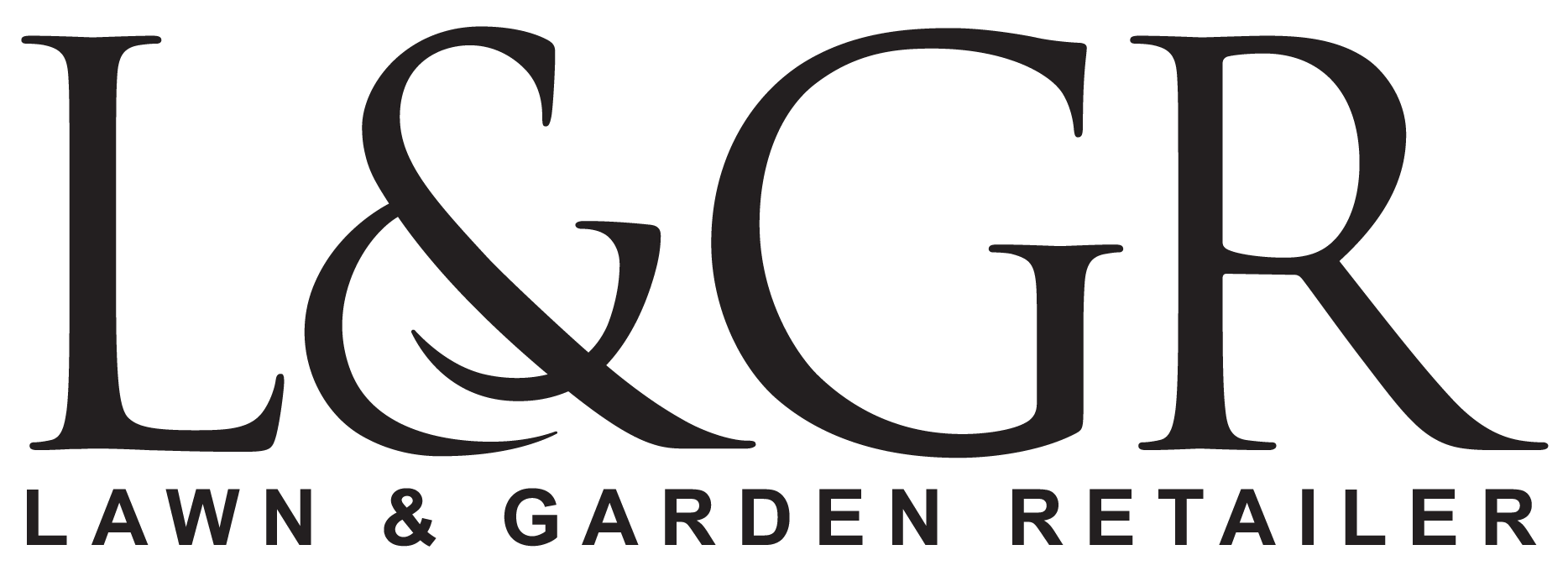New, High-Resolution, Interactive DLI Maps
New maps of the photosynthetic daily light integral (DLI) in the United States have been developed and are now available online. The DLI represents the cumulative amount of photosynthetic light delivered in a square meter per day. Growers, plant scientists, engineers, lighting professionals and others have embraced this term to describe light quantity and its effects on plant growth and development.
Jim Faust of Clemson University and Joanne Logan of the University of Tennessee developed these maps, and the American Floral Endowment supported the project.
They generated the high-resolution maps based on solar radiation data from 1998 to 2012, and each data point represents just 10 square kilometers (3.9 square miles). The maps are available online at https://endowment.org/dlimaps. The values are in the unit of mol·m–2·d–1, which is the number moles (6.022 × 1023) of photons within the photosynthetically active radiation waveband (400 to 700 nm) delivered on one square meter of a horizontal surface each day.
The data presented in the maps are for the average DLI outdoors. The DLI delivered by the sun inside a greenhouse will obviously be lower, and the transmission percentage depends on a number of factors including the glazing material and structure, use of whitewash or shade screens, fixed overhead obstructions such as lighting fixtures or heat pipes, temporary obstructions such as baskets hanging overhead, and time of year.
Light transmission percentages of greenhouses are typically 40 to 65 percent, but can be lower or higher. Therefore, for greenhouse applications, users first need to determine the light transmission factor inside their operation.
To determine the light transmission factor inside a greenhouse, use a light sensor (in this case, any type will work) on a clear day around solar noon. Measure light intensity outside, and then go inside the greenhouse and measure light intensity at several representative locations.
Determine the average of the values inside, and then divide that number by the value outside. For example, if the measured indoor values are 792, 876, 853, 775, and 834 μmol·m–2·s–1, the average is 826 μmol·m–2·s–1. If the measured outdoor value is 1,510 μmol·m–2·s–1, then the light transmission value is approximately 55 percent. If the outdoor DLI value at your location in February is 17.2 mol·m–2·d–1, then the DLI inside is around 9.5 mol·m–2·d–1. This transmission factor can change, so it’s worth making the measurements when knowing the DLI is critical, such as during the winter, when the DLI
is lowest.
Growers often ask for the DLI “requirements” for greenhouse crops. First, there are no “requirements” because plants will grow under extremely low light, but quality will be poor. There are DLI recommendations, but these values are situational and depend on the growing temperature and desired plant quality.
For most full sun annual bedding plants and perennials grown at moderate temperatures (such as 65 to 70º F), a recommended minimum average DLI is 10 to 12 mol·m–2·d–1. Generally, growth of shoots and roots increases with DLI, as well as plant quality attributes such as branching, flower size and flower number.
The original DLI maps were created in 2002, and they have been published in print and online, including in GPN magazine. The maps have been used extensively, especially by growers of greenhouse crops, lighting researchers and lighting companies.
The new, interactive maps now include all 50 states and have data that are more precise and allow you to click on your location to generate specific DLI values. When using the maps, zoom in to your location and then click on the approximate location of your facility. The average data for the year and each month is reported, and a table of how those values change during the year is generated.
To learn more about how these maps were generated, see the September 2018 issue of HortScience (volume 53, issue 9, pages 1-8).
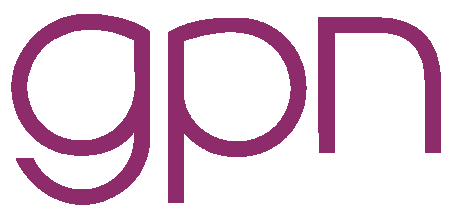







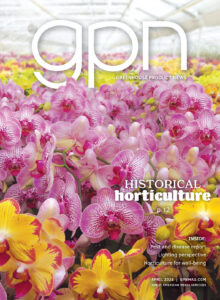
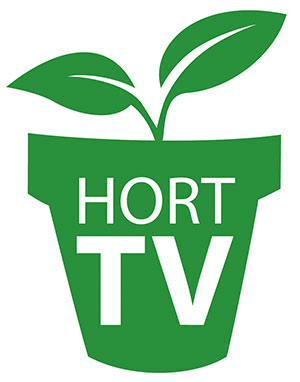 Video Library
Video Library 